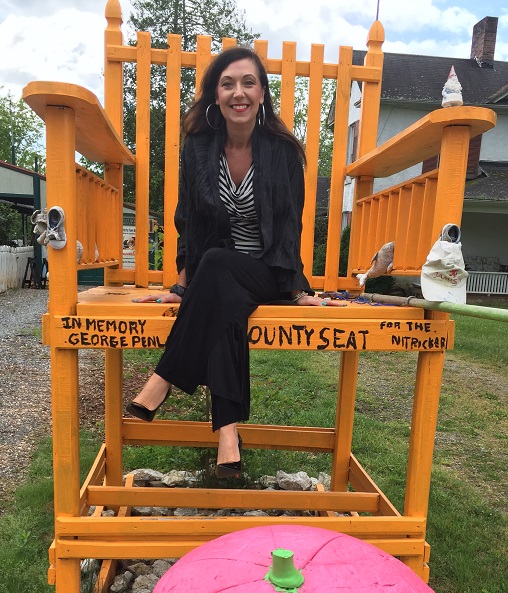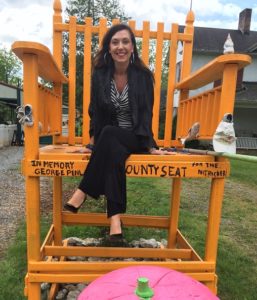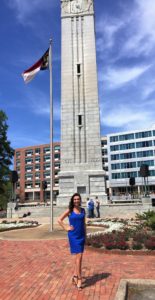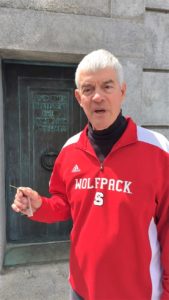Anytime you can visit something prefaced with “the world’s largest…,” why wouldn’t you? I had that opportunity recently during a visit to South west Virginia.
west Virginia.
Just a half-day drive from Western North Carolina/Upstate South Carolina, the Roanoke Star is perched atop Mill Mountain. Built in 1949, it is listed on the US National Register of Historic Places and is the world’s largest freestanding illuminated man-made star. (Say that three times fast!)
It’s original purpose was to kick-off the year’s Christmas shopping season. Over the past 60+ years, it has featured several different colors of lights – red, white and blue (for the bicentennial celebration in 1976), all red (to indicate a traffic fatality), and all white (in honor of the Virginia Tech massacre in 2007).
Also known as the “Mill Mountain Star,” the structure is more than 88 feet tall and has more than 2,000 feet of neon tubing. It’s a short drive up the mountain to see it up close and in person, and once you get there, don’t miss the views of the city from the overlook.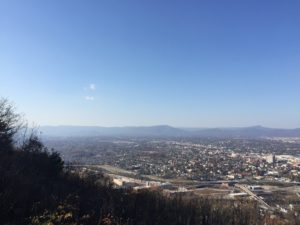
Fortunately, exquisite scenery (and a zoo next door-that is NOT open off-season I learned the hard way) is not the only thing Roanoke offers. There’s also something for those interested in transportation, the arts, history and shopping.
The Virginia Museum of Transportation has been open more than 50 years, and while it represents all modes of transportation, it focuses on the rich traditions of railroads in Roanoke. It even features the largest collection of diesel locomotives in the south.
During my recent visit, I spent an entire afternoon exploring the Taubman Museum of Art in downtown Roanoke with a friend who lives there. At first glance, t his beautiful, contemporary building appears out of place in the center of the city’s historical district. But inside is a pleasant surprise that perfectly complements the past, present and future of the city.
his beautiful, contemporary building appears out of place in the center of the city’s historical district. But inside is a pleasant surprise that perfectly complements the past, present and future of the city.
Featured artists rotate on a regular basis, while permanent collections by internationally-acclaimed artists and experiences aimed at hands-on children experiences add to the charm of this free attraction.
It was only fitting that both Judith Lieber handbags (Earthly Delight) and Jane Weitzman shoes (Art & Sole) were featured exhibits during my recent trip. Looking ahead, a return visit may be necessary to experience the new “Tastings At The Taubman” events that will celebrate my second favorite luxury after shopping – wine and spirits!
A beautiful drive up the Blue Ridge Parkway made getting there half the fun. And since I only had a few hours to explore, I definitely plan to return soon to see even more of what the “Star City” has to offer!

